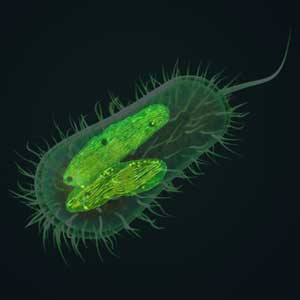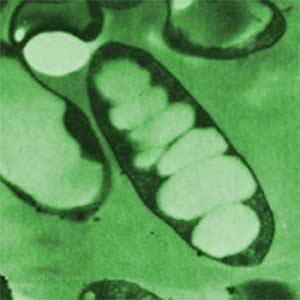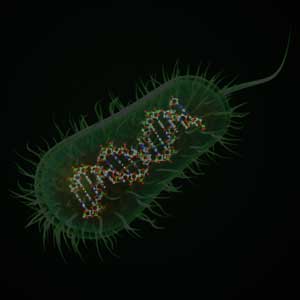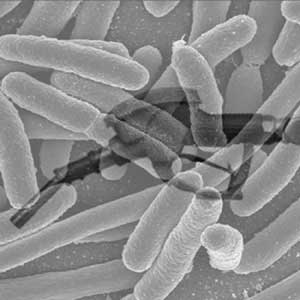Berkeley LBL/Project
From 2007.igem.org
| Home | Project Description | Methods | Notebook | Results and Discussion | Resources |

|
PurposeThe purpose of the project is to engineer the most efficient pathway for the biosynthesis of chlorophyll using E. Coli as the host organism. | |
| File:Background.jpg |
BackgroundThe specific goal for this project is to utilize E. Coli to produce chlorophyll efficiently. This is accomplished by controlling the first gene in the first branch point of the native E. Coli pathway and the chlorophyll biosynthesis pathway. However, the production of chlorophyll can lead to the eventual goal of engineering E. Coli to be a photosynthetic organism. Photosynthetic organisms that can be easily manipulated bring tremendous value to the current alternative energy research. Solar energy is available on Earth at a rate of 3850 x 10^21 Joules per year, while the worldwide energy consumption is only 0.471 x 10^21 Joules per year([http://en.wikipedia.org/wiki/Solar_energy Wikipedia Solar Energy]). Photosynthetic organisms can capture this untapped source of solar energy and transform them into chemical energy as biofuels.
| |

| ||

| ||

| ||

|
Purpose
The purpose of the project is to engineer the most efficient pathway for the biosynthesis of chlorophyll using E. Coli as the host organism.
Background
The specific goal for this project is to utilize E. Coli to produce chlorophyll efficiently. This is accomplished by controlling the first gene in the first branch point of the native E. Coli pathway and the chlorophyll biosynthesis pathway. However, the production of chlorophyll can lead to the eventual goal of engineering E. Coli to be a photosynthetic organism.
Photosynthetic organisms that can be easily manipulated bring tremendous value to the current alternative energy research. Solar energy is available on Earth at a rate of 3850 x 10^21 Joules per year, while the worldwide energy consumption is only 0.471 x 10^21 Joules per year([http://en.wikipedia.org/wiki/Solar_energy Wikipedia Solar Energy]).
Photosynthetic organisms can capture this untapped source of solar energy and transform them into chemical energy as biofuels.
